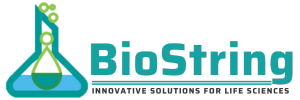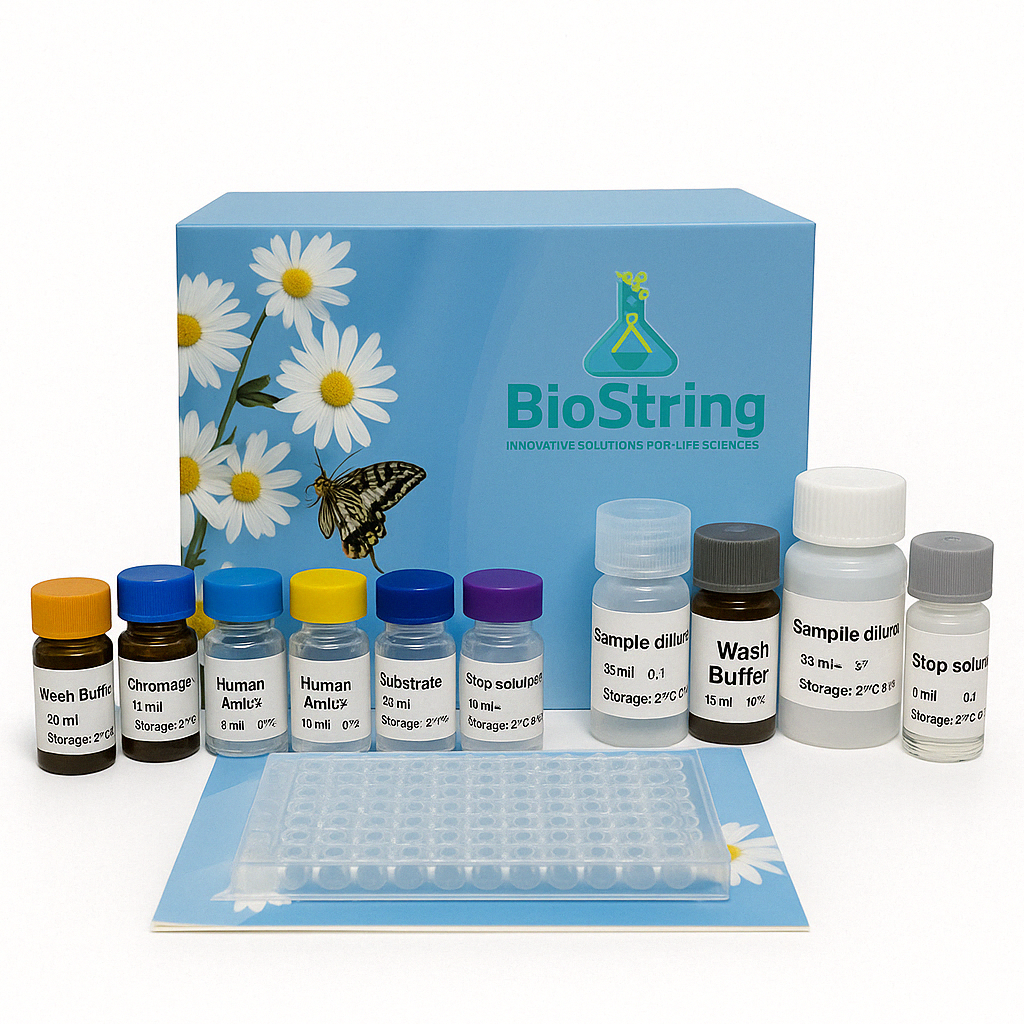In the world of life science research, diagnostic development, and immunology studies, ELISA kits play a crucial role in detecting and quantifying specific proteins, antigens, antibodies, and hormones. Whether you’re a student just stepping into the lab or a seasoned researcher, understanding ELISA kits is essential for accurate and reproducible results. This blog will walk you through everything you need to know about ELISA kits – from basics to applications and best practices.
What is ELISA?
ELISA stands for Enzyme-Linked Immunosorbent Assay, a plate-based assay technique designed to detect and quantify soluble substances such as peptides, proteins, antibodies, and hormones. The method relies on the specific binding between an antigen and an antibody, and uses an enzyme-linked detection system to produce a measurable signal, usually a color change
Components of an ELISA Kit
A typical ELISA kit includes:
- Pre-coated 96-well microplate
- Standard (known concentration of target analyte)
- Detection antibody
- Enzyme-conjugated secondary antibody (if applicable)
- Substrate solution (e.g., TMB)
- Stop solution
- Sample diluent and wash buffer
- Instruction manual or protocol
How Does an ELISA Kit Work?
- The antigen or antibody is immobilized on the microplate.
- The sample is added to the well and incubated to allow binding.
- A detection antibody (or secondary antibody in indirect ELISA) is added.
- Substrate solution is introduced, reacting with the enzyme to produce a detectable signal (typically a color change).
- The intensity of the color is measured using a microplate reader at a specific wavelength, correlating with the amount of target analyte present.
Applications of ELISA Kits
ELISA kits are widely used in:
- Medical diagnostics: Detecting diseases like HIV, dengue, hepatitis, and COVID-19.
- Pharmaceutical research: Monitoring drug levels and biomarkers.
- Food industry: Identifying allergens and contaminants.
- Environmental studies: Detecting pollutants or toxins.
- Academic research: Investigating protein expression, immune responses, and cellular functions.
Tips for Using ELISA Kits Successfully
- Follow the protocol strictly to avoid cross-contamination or inconsistent results.
- Use proper sample dilution and include standards and controls.
- Avoid touching the wells with pipette tips to maintain integrity.
- Store reagents correctly, especially enzyme conjugates and antibodies.
- Calibrate your plate reader regularly for accurate absorbance readings.
Where to Buy Reliable ELISA Kits?
When choosing an ELISA kit, consider the following:
- Species reactivity (human, mouse, rat, etc.)
- Sample type compatibility (serum, plasma, cell culture supernatant)
- Sensitivity and specificity
- Assay range and detection method
- Manufacturer credibility and technical support
At Biostring, we offer a wide range of high-quality ELISA kits validated for research and diagnostic applications. Our kits come with detailed protocols, excellent sensitivity, and guaranteed reproducibility – ideal for both beginners and experienced professionals.
Conclusion
ELISA kits are essential tools in modern biology and diagnostics. By understanding the principles, types, and correct usage of ELISA kits, researchers and students can ensure reliable data and impactful discoveries. Whether you’re quantifying cytokines, hormones, or antibodies, a well-optimized ELISA kit is your gateway to accurate, reproducible science.


